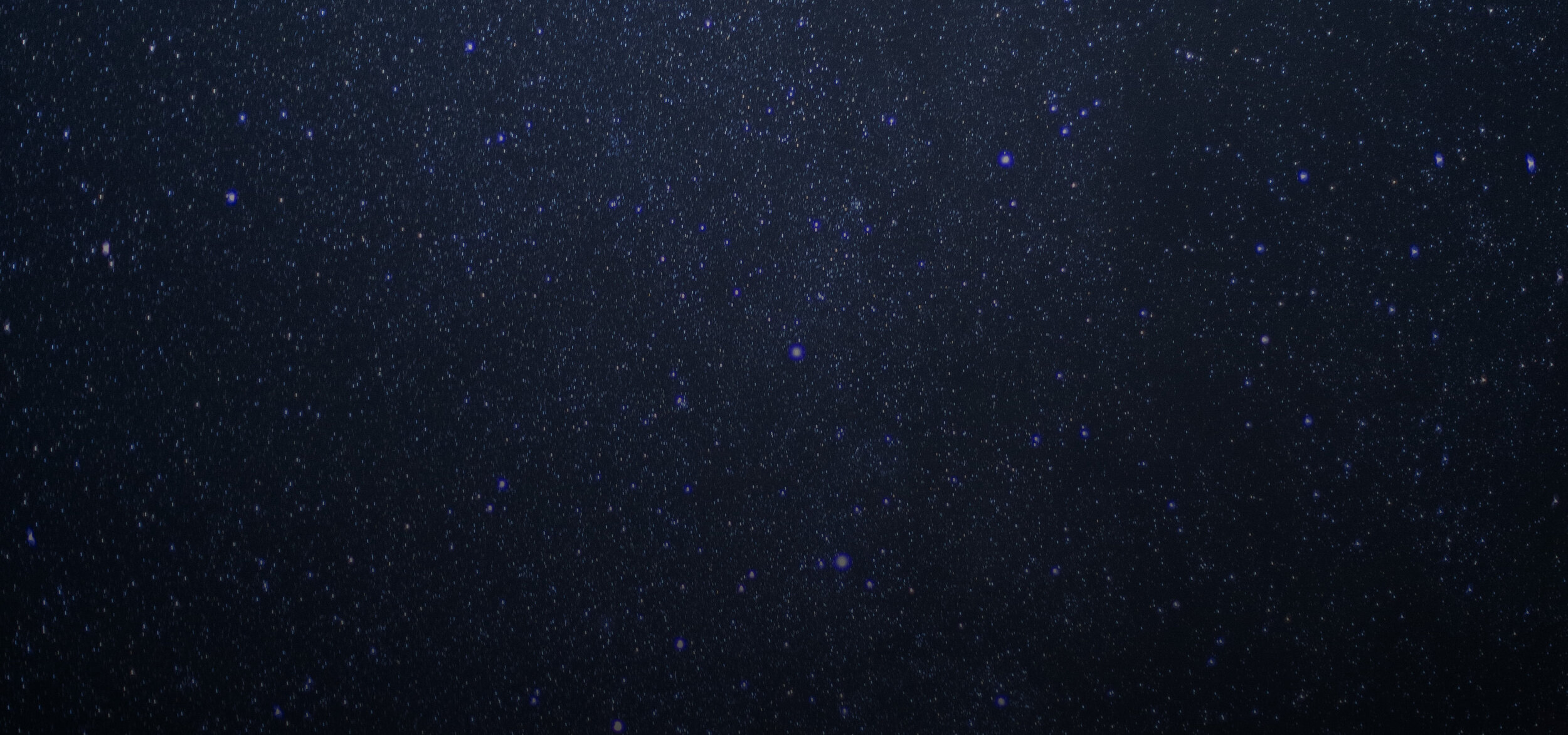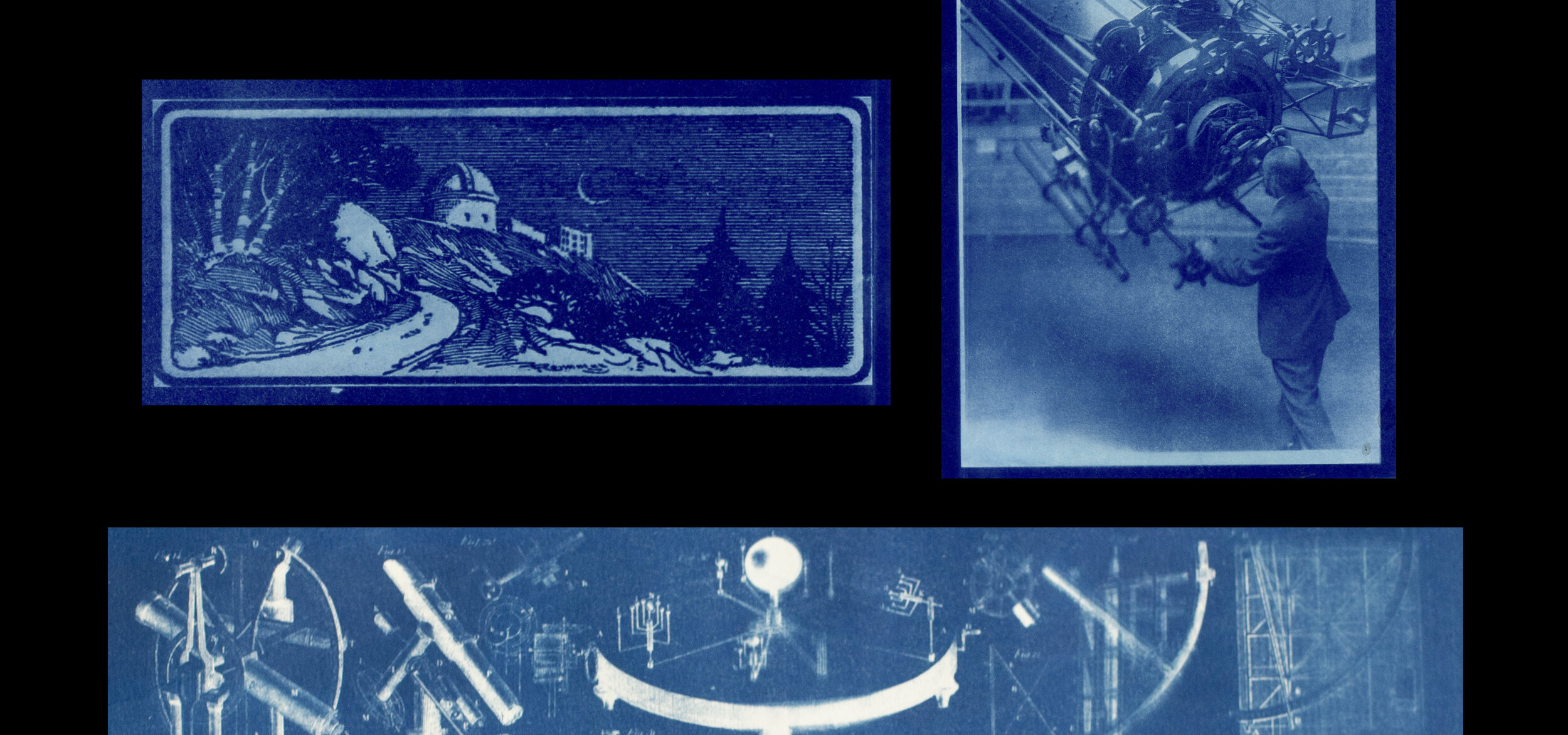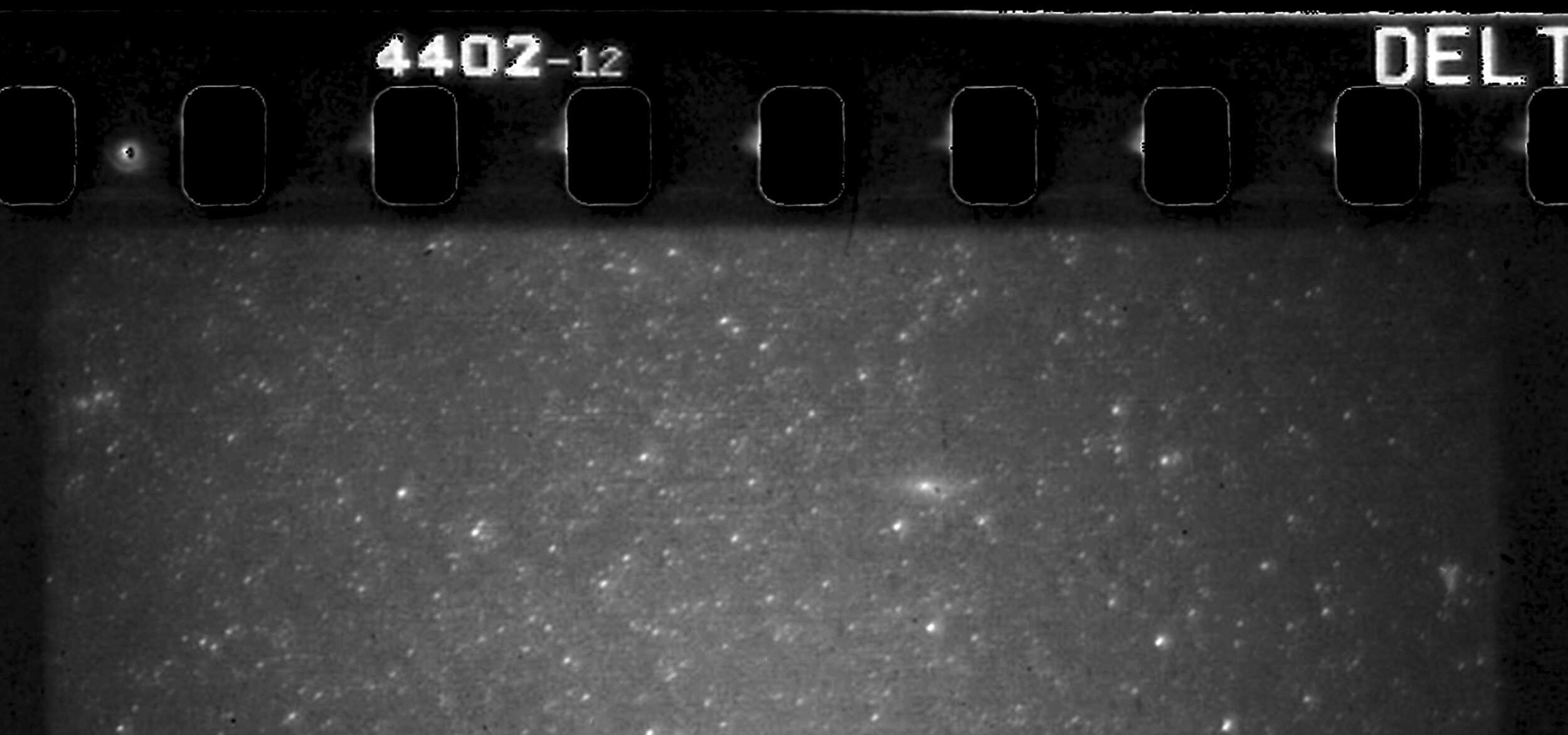
The Oldest Piece of Light
Space, Time and Photography




I’m curious to embark on an experiment and I wonder if you’d join me. I’m looking to capture the oldest piece of light.
As you look at the night’s sky you see stars as they were rather than as they are. Photons travel years, decades, centuries to reach us and we get to see an illusion of their present. As I plan to gaze back in time; ideas of history, photography and astronomy begin to blend together.
A lens is a lens whether telescope or telephoto.
My guide is John Herschel. A polymath, an astronomer and the inventor of the photographic blueprint. To begin, I dive into the shared history of astronomy and photography, searching for the oldest piece of visible light. And once I get there, I’m curious about what awaits me beyond.













Where does this lead me?





We see V672 as it was 16,000 years ago. It’s the farthest single star visible to the naked eye. As if by cosmic coincidence 16,000 years is the same age as art itself. The oldest cave paintings in Lascaux were made when the photons began their journey to us.










This is Andromeda. It’s truly the farthest celestial body our eyes can see. It’s only visible in extremely secluded areas, on clear nights, for about half the year. As we look 2.5 million years in the past, we see photons as old as our species. Homosapiens began to walk the Earth at the same time as these light particles. Another seemingly significant cosmic coincidence.
One day, Andromeda and our galaxy’s gravity will pull and merge the two together. But for now, we can only see it as it was before we were even around to observe it.
Time seems to be less of a factor here. We know the past and the future. The present has become a relative term and thus reality becomes illusion.







Where to go from here?

The Celestographs
In 1893 (as if the year matters), amateur astronomer, August Strindberg, “discovered” the practice of celestographs. Strindberg set out photographic plates under the night’s sky, unfiltered from any sort of lens, and once developed revealed fantastical galactic scenes invisible to the naked eye.

Perhaps blinded by the excitement of his breakthrough Strindberg sent evidence of his celestographs to real astronomer Camille Flammarion. Flammarion never replied to the correspondence as he was aware of what he was really looking at; which is a chemical reaction taking place on the plates.

Despite the pseudo-science, they remain curious objects. I’ve shown you the oldest piece of light but only what we can see. In fact, our whole universe is still illuminated in a faint glow from the Big Bang. The Cosmic Microwave Background is repentant light from that initial explosion and as the universe has expanded, its light waves have stretched into the invisible infrared.

Maybe celestographs make visible the invisible universe. They also close off our journey together. We’ve gone past time and now reality. Photographs are landmarks between abstract spaces in the universe.


Take a moment to return back to Earth, and to the present.
Thank you for joining me.